Retro Replay Review
Gameplay
Ceville delivers a classic point-and-click adventure experience set in a fully 3D environment. Every interaction—from picking up odd items to opening secret passages—is handled through a context-sensitive mouse pointer. This streamlined control scheme ensures you spend less time wrestling with the interface and more time solving creative puzzles. A quick tap on the hotspot key reveals all interactive areas in the current scene, while the optional color-coded pop-up text shows when two objects can be combined, easing the frustration for newcomers and veterans alike.
(HEY YOU!! We hope you enjoy! We try not to run ads. So basically, this is a very expensive hobby running this site. Please consider joining us for updates, forums, and more. Network w/ us to make some cash or friends while retro gaming, and you can win some free retro games for posting. Okay, carry on 👍)
One of Ceville’s standout features is its character-switching mechanic. As the story unfolds you’ll alternate control among Ceville, the embattled tyrant ruler; Ambrosius, the scheming former advisor; and Lilly, the resourceful young rebel. Each character possesses unique abilities and dialogue options, and at times you’ll even manage all three simultaneously to overcome multi-stage puzzles. This dynamic recalls the spirit of classics like Day of the Tentacle, adding layers of strategy as you decide when and how to deploy each personality.
Dialogues in Ceville are delivered through humorous multiple‐choice menus, letting you tailor responses to fit your playstyle—whether you lean toward snarky quips or diplomatic overtures. The humor is often self-referential and satirical, poking fun at fantasy tropes and political intrigue. Puzzle difficulty ramps up gradually, with early tasks serving as guided tutorials before more devious brain-teasers emerge. Even the trickiest puzzles rarely feel unfair, thanks in large part to the adjustable hint system and generous context clues scattered throughout the game world.
Graphics
Ceville’s visuals combine a cartoonish art style with a fully 3D engine, resulting in colorful, expressive characters set against richly detailed backdrops. The environments range from grandiose throne rooms and twisting dungeons to whimsical fairy forests, each rendered with vibrant textures and dynamic lighting. Small touches—a flickering torch, drifting motes of dust, or the exaggerated facial expressions of NPCs—bring the world of Faeryanis to life and reinforce its playful tone.
The character models are animated fluidly, with convincing weight and gesture that heighten the comedic moments and dramatic twists alike. Cutscenes transition smoothly into gameplay, maintaining immersion without jarring camera cuts. While the camera angles are generally fixed per scene, they’re thoughtfully composed to showcase both the action and scenic detail, giving you a clear view of potential hotspots without sacrificing atmosphere.
On modern hardware, Ceville holds up surprisingly well. The game uses anti-aliasing and soft shadows to avoid jagged edges, and texture filtering keeps surfaces crisp. Occasional texture pop-in may occur in densely populated scenes, but it never distracts from the overall experience. Whether you’re admiring the ornate carvings in Basilius’s study or scanning the prison cell for hidden contraband, the graphical fidelity enhances rather than hinders exploration.
Story
At the outset, Ceville is the feared overlord of Faeryanis, luxuriating in his castle until a rebel force lays siege. His escape plan thwarts him, however, when Basilius—once his most trusted advisor—reveals his true ambition: to seize the throne and unleash demonic powers on the kingdom. Stripped of power, Ceville is cast into prison, convinced that only brute force and cunning will restore his reign.
In the dank confines of his cell he meets Lilly, a bright-eyed girl with her own reasons for toppling Basilius. Though initially exasperated by her optimism and meddling, Ceville gradually realizes he may need her help after all. The story cleverly subverts expectations: the tyrant ruler learns collaboration and empathy, while Lilly confronts the moral ambiguity of allying with a despot. Their uneasy partnership drives much of the game’s humor and emotional depth.
Interwoven with this main arc are delightful side encounters featuring Ambrosius in exile, scheming NPCs with hidden agendas, and puzzles that tie directly into the unfolding narrative. The witty dialogue, delivered in fully voiced English, underscores each character’s personality—Ceville’s pompous arrogance, Lilly’s determined sweetness, and Basilius’s cold ambition. Moments of levity punctuate darker themes of betrayal and redemption, keeping the story both engaging and unpredictable.
Overall Experience
Ceville strikes an excellent balance between challenging puzzles and lighthearted storytelling. Its intuitive interface and optional hint features make it accessible to adventure-game newcomers, while the clever character-swapping and layered puzzles provide enough complexity to satisfy genre veterans. The comedic writing and memorable cast ensure you’ll remain invested in the fate of Faeryanis from start to finish.
Performance is solid across a range of systems, and the consistent art direction and polished animations keep you immersed. Occasional rough edges—such as a few obtuse puzzles or static camera points—are easily forgivable given the game’s overall charm. Replay value is enhanced by alternative dialogue paths and the desire to revisit certain scenes armed with new insight into hidden solutions.
Ultimately, Ceville is a must-play for anyone who enjoys smartly written point-and-click adventures. It blends humor, narrative twists, and inventive gameplay mechanics into a cohesive package that never feels stale. Whether you’re a fan of classic titles like Monkey Island or seeking a gateway into the genre, Ceville offers a delightful journey through a fairyland filled with betrayal, wit, and just a hint of demonic mischief.
 Retro Replay Retro Replay gaming reviews, news, emulation, geek stuff and more!
Retro Replay Retro Replay gaming reviews, news, emulation, geek stuff and more!
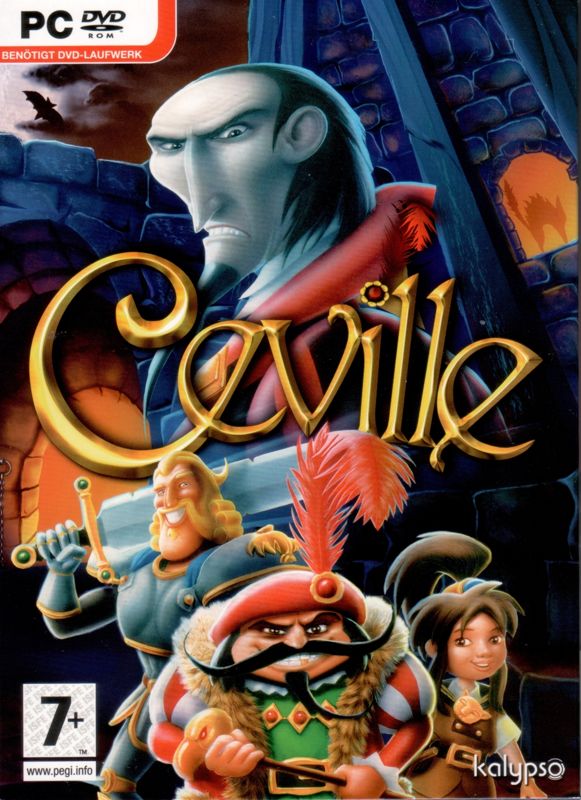
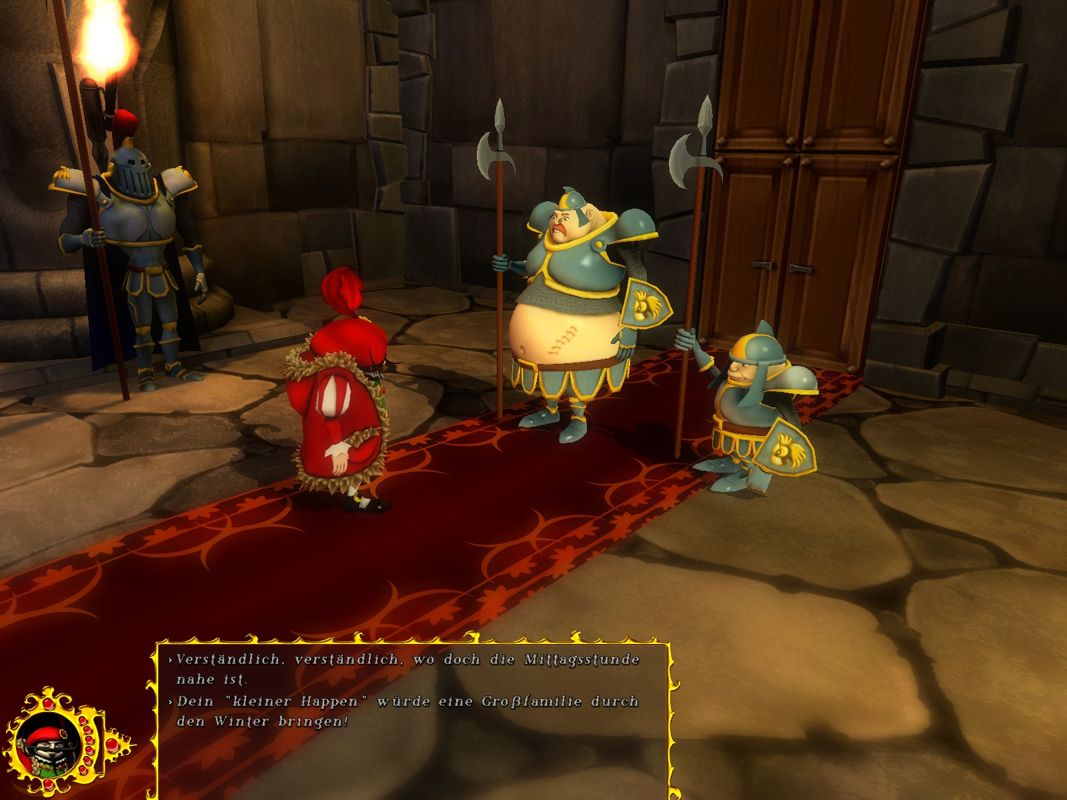

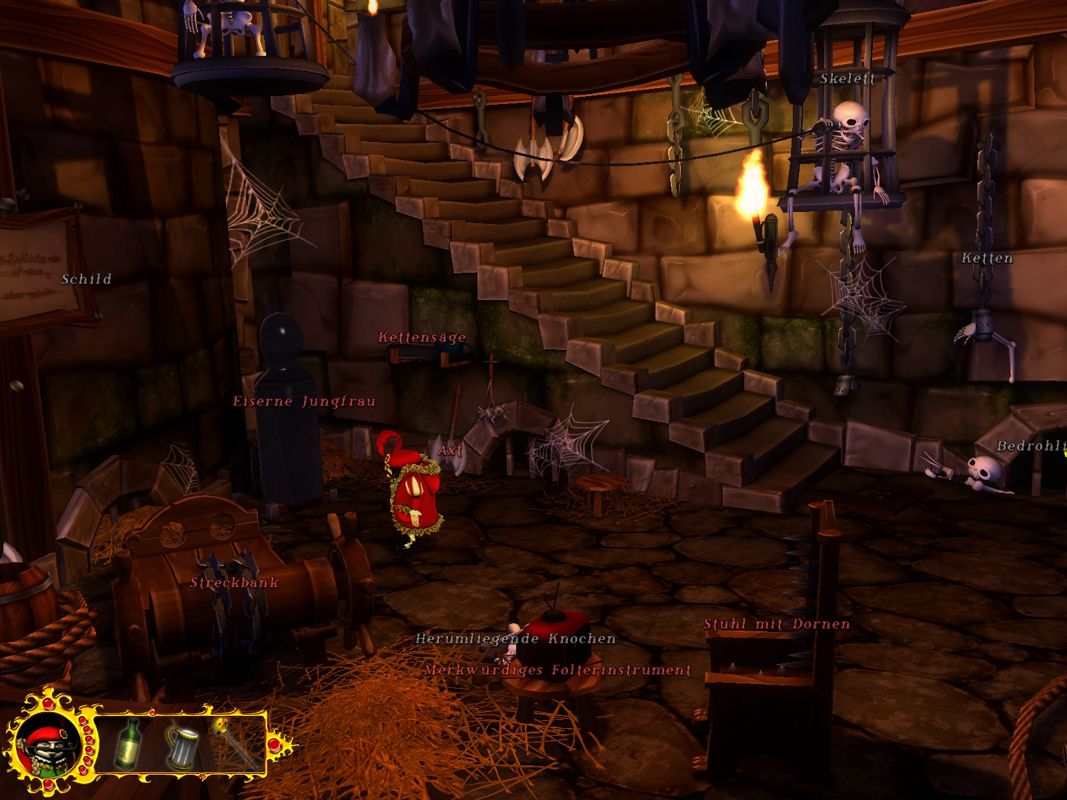
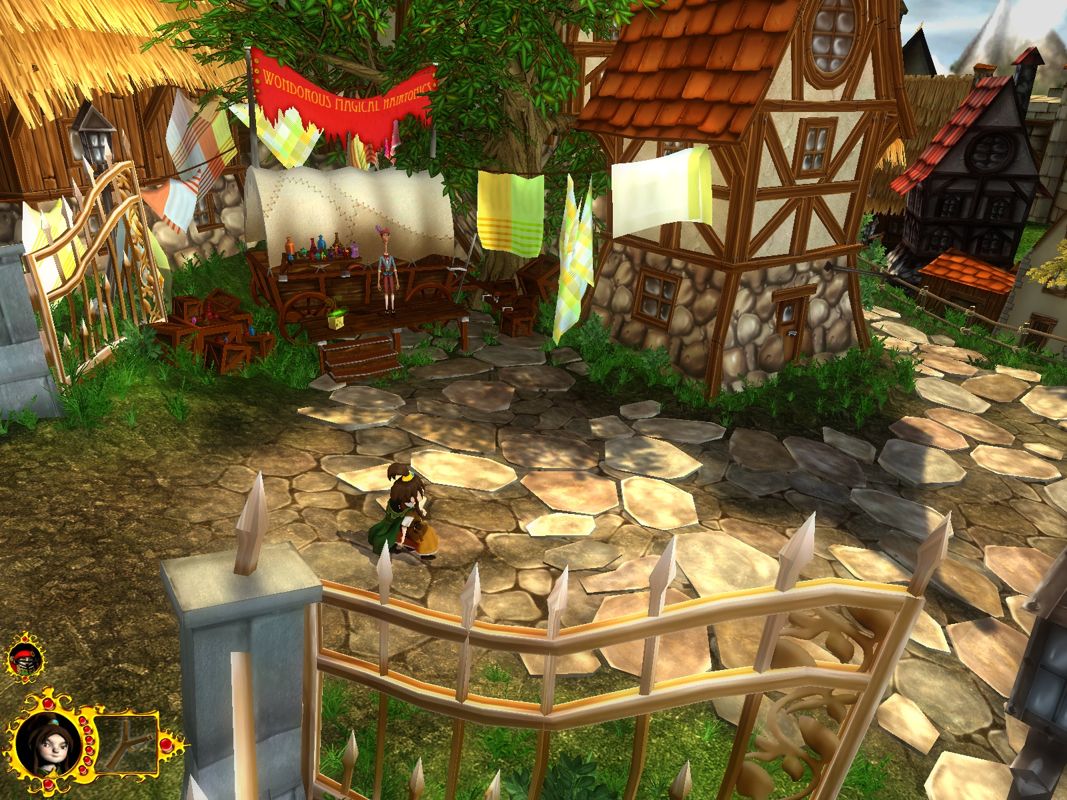
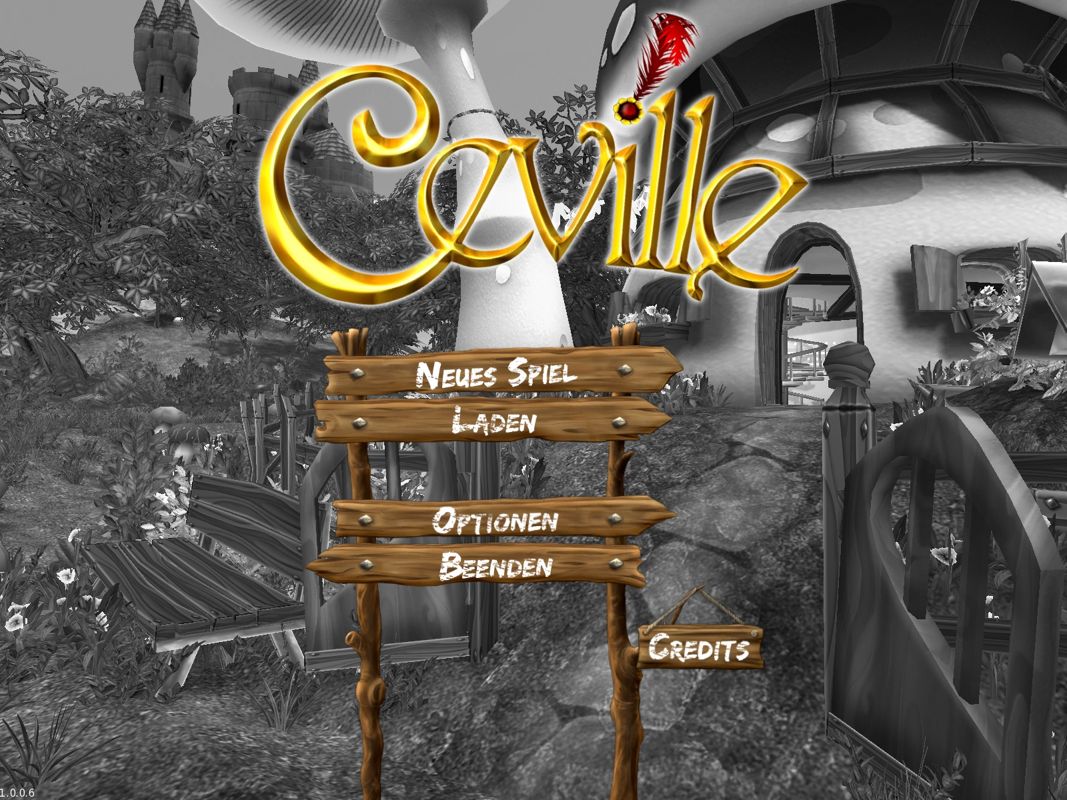



Reviews
There are no reviews yet.